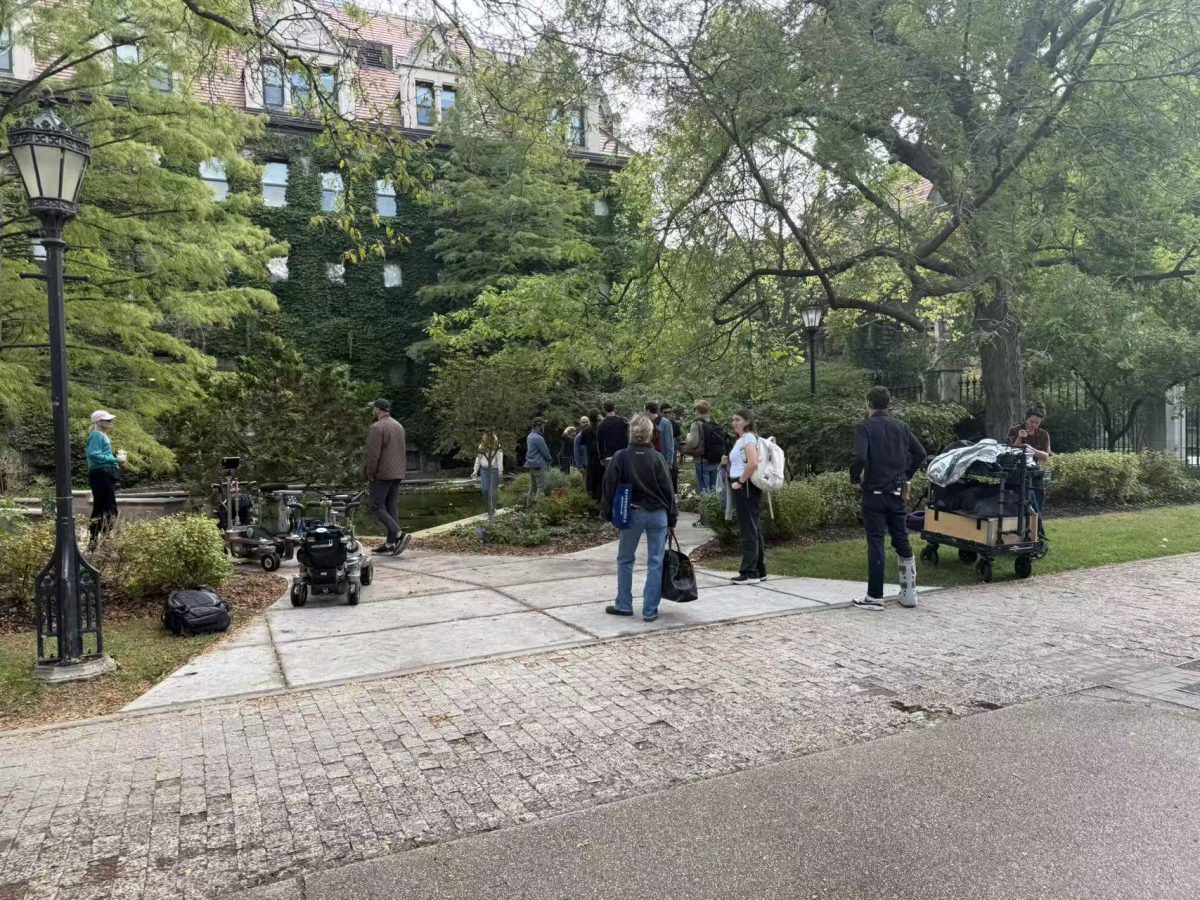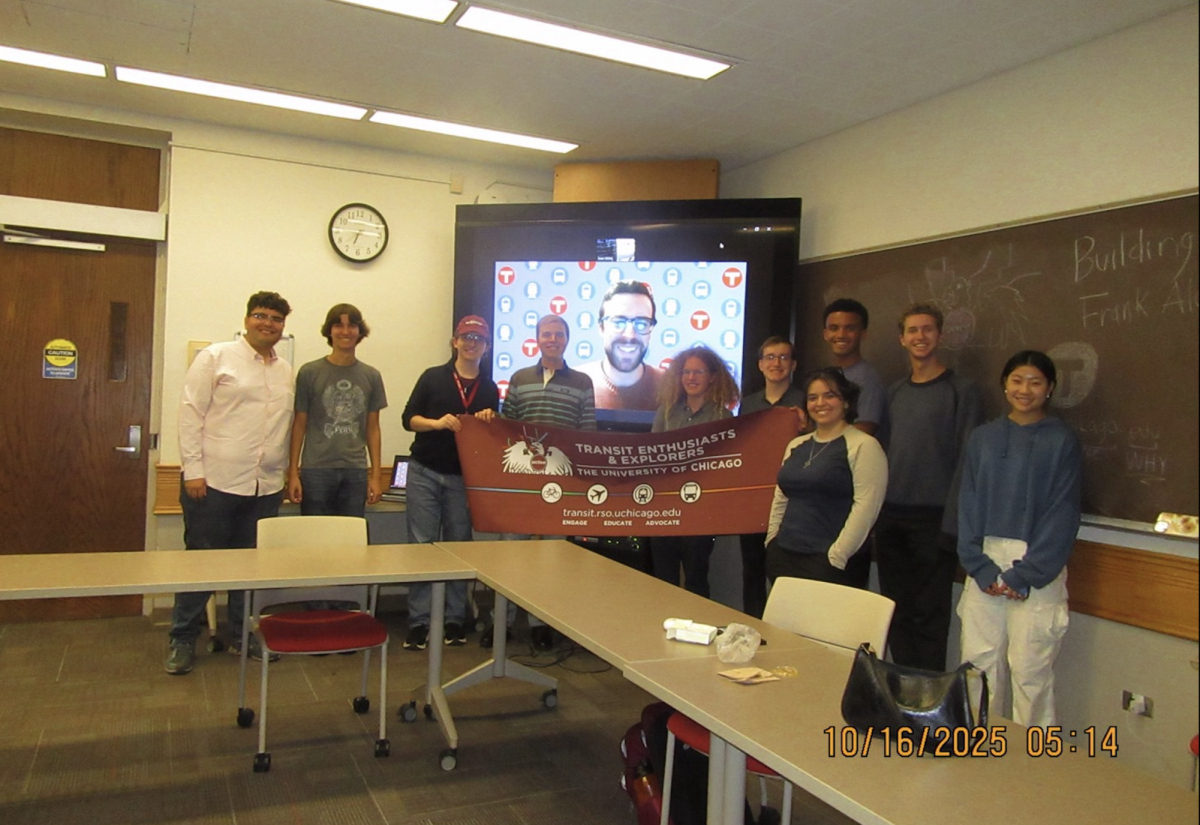[img id=”77048″ align=”alignleft”] The University is competing to win a $550-million contract from the Department of Energy (DOE) to build a new nuclear physics facility at Argonne National Laboratory.
The grant would allow the lab to build an accelerator that would create beams of rare, unstable atomic nuclei. According to scientists, studies of the results will enhance researcher’s understanding of the workings of stars, supernovas, and the origin of the elements, along with offering advancements in medicine, energy, and national defense.
Argonne, a government research laboratory which is located 25 miles southwest of Chicago and is managed by the University, said its intellectual background and existing infrastructure make it the ideal location for the proposed Facility for Rare-Isotope Beams (FRIB).
“Chicago has a strong tradition in not only nuclear physics, but astronomy and astrophysics,” said Laurence Hill, associate vice president for national laboratories at the U of C. “We helped lay the technological groundwork to prepare for this facility.”
The lab brought acclaimed physicist Walter Henning, who helped Germany land a €1 billion new accelerator, to lead Argonne’s push for the FRIB. Proposals were submitted earlier this year, and a decision is expected by January.
If Argonne wins the contract, the economic effect on northern Illinois would be considerable, University officials said. Construction could pump as much as $250 million into the local economy, and after completion, the facility would continue to add $80 million a year. The economic impact could total about $1 billion.
Given its importance for the United States, Hill said that he expected the plan to continue despite the potential cuts in DOE funding due to the struggling economy. The DOE approved plans to find a home for the facility after a group of leading scientists released a study indicating that the U.S. needs the FRIB in order to maintain a leading role in nuclear physics.
The FRIB generates isotopes of elements not normally found on Earth by accelerating nuclei to high speeds and breaking them apart. Though the exotic isotopes are naturally created in catastrophic events, such as supernovas, the isotopes quickly decay to more stable configurations.
FRIB experiments could fill holes in existing theories about nuclear structure and explain the asymmetry of matter and antimatter. In addition, past rare-isotope discoveries led to the isotopes now used in PET scans used by medical doctors and new cancer treatments that use tagged antibodies to destroy cancerous cells.
In addition to forging new discoveries, the FRIB could provide a source of radioisotopes for short-term use. Many medical applications require very short-lived isotopes, some as short as 24 hours, that can quickly clear patients’ bloodstreams. Efforts to improve nuclear energy and fuel sources could also benefit from a supply of neutrons from the FRIB.
Despite its many potential benefits, Hill said the University views scientific knowledge as the greatest reward for housing the FRIB.
“The potential for discoveries is really driving us here,” he said.
At Michigan State University (MSU), widely regarded as U of C’s main competitor in the race, according to the Chicago Tribune, a strong student movement has sprung up to advocate for the facility. A FRIB student advisory committee held a rally and distributed 1,000 free “Bring the FRIB to Our Crib” T-shirts to MSU students.
“This is huge for our campus and state,” MSU student and member of the committee Monica Fineis said in an e-mail interview.
Advocates for MSU point out Argonne’s recent troubles with nuclear safety violations, for which the lab was reprimanded in 2006.
“Argonne has made great strides since then,” Hill said. “Our safety record…has been stellar.”








